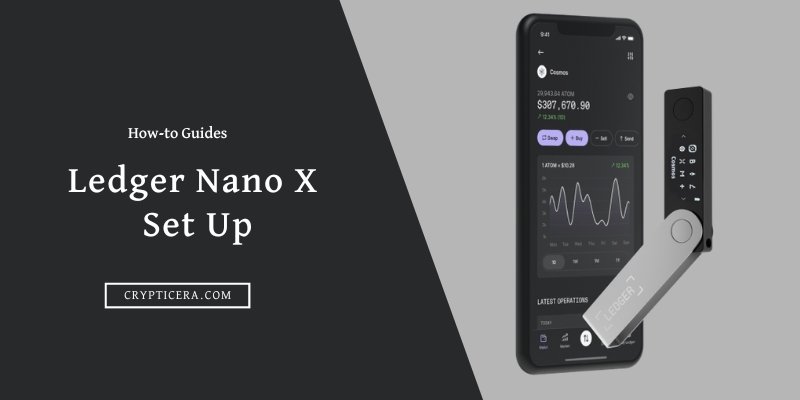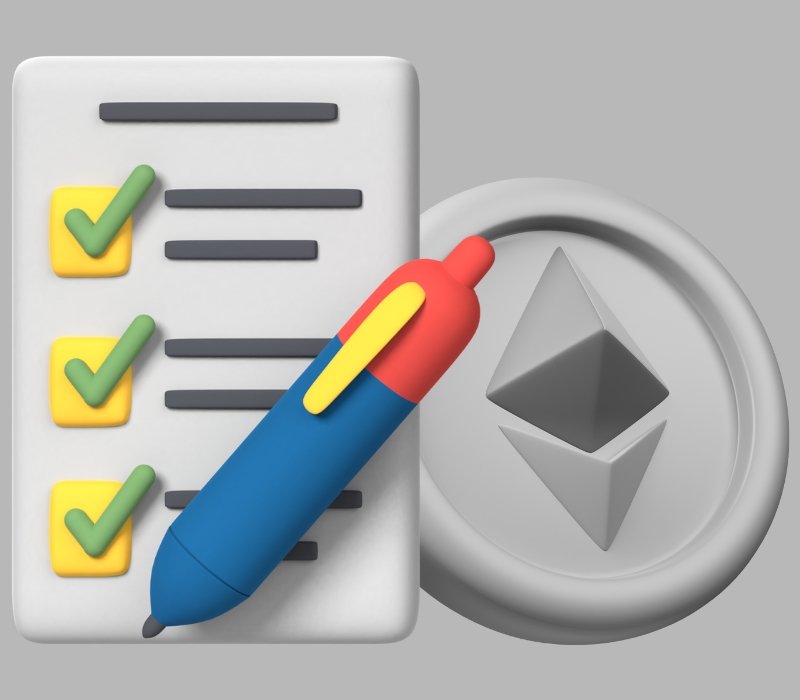As the world increasingly adopts digital currencies, it is important to understand the fees and take necessary steps to minimize crypto transaction fees.
While traditional banking fees can often be exorbitant, cryptocurrency transaction fees are generally lower. However, fees can still add up, particularly for large transactions.
High transaction costs can significantly reduce profits, especially for those who trade frequently or make smaller transactions. For example, if you purchase $100 worth of Bitcoin and the transaction fee is $10, you’ve already lost 10% of your investment. Over time, these fees can add up and become a significant expense.
In addition, high fees can make it difficult for new investors to enter the market. If transaction fees are too high, investors may be deterred from purchasing cryptocurrency altogether, leading to decreased adoption and market growth.
In this article, we will explore how to avoid crypto transaction fees and minimize the costs associated with transferring digital currency.
What are Crypto Transaction Fees?
Crypto transaction fees are fees charged for sending or receiving cryptocurrencies. These fees are paid to the miners or validators who process and verify transactions on the blockchain.
Unlike traditional financial systems, where fees are often paid to third-party intermediaries, crypto transaction fees are paid directly to the network participants who maintain the blockchain.
Fees can help to prevent spam or denial-of-service attacks on the network. Also, serve as a source of revenue for the network participants who maintain blockchain security.
How are Crypto Transaction Fees Calculated?
Crypto transaction fees are typically calculated based on the size of the transaction in bytes and the congestion level of the network.
The larger the transaction in bytes, the higher the fee will be. Similarly, the more congested the network is, the higher the fee will be.
Factors That Affect Crypto Transaction Fees
Several factors can affect the fees associated with crypto transactions. These include:
- Network Congestion: The more congested the network is, the higher the fees will be. This is because miners or validators prioritize transactions with higher fees.
- Transaction Size: The larger the transaction size, the higher the fees will be. This is because larger transactions take up more space on the blockchain and require more computational power to process and verify.
- Type of Cryptocurrency: Different cryptocurrencies have different transaction fee structures. Some cryptocurrencies have fixed fees, while others have variable fees that are determined by market demand.
- Time of Day: During peak hours, when the network is more congested, fees tend to be higher.
8 Ways to Minimize Crypto Transaction Fees
Here are some ways to minimize crypto transaction fees:
1. Choose the Right Wallet
Choosing the right wallet can significantly minimize transaction fees. Some of the factors to consider when choosing a wallet include the transaction frequency, the fees charged by the wallet, and the features that affect fees.
Wallets that charge lower fees may not have the same features as wallets that charge higher fees, so users need to weigh the pros and cons before choosing a wallet.
We recommend using BSC wallets for low gas fees and high speed:
We Recommend: Best Software Wallets
Choose Security over Convenience

Best 3FA Non-custodial wallet
- No seed phrase vulnerability, powered by MPC
- A guaranteed wallet recovery model
- Built-in
Web3 firewall

Best Custodial wallet (100% Solvent)
- 800+ coins and tokens
- Copy trading and bots
- Automatic Trading Strategies
- Staking APY up to 130%
Related: How to create a crypto wallet?
2. Use a Crypto Exchange with Low Fees
First and foremost, check the exchange’s fee structure. Some exchanges charge a flat fee per transaction, while others charge a percentage of the transaction amount. An exchange that offers competitive fees without sacrificing security or reliability is good to go.
The payment method you use can also affect transaction fees. For example, using a credit card to purchase cryptocurrency may result in higher fees than using a bank transfer.
Look for an exchange that offers a variety of payment methods, including those with lower transaction fees.
We Recommend: Best Cryptocurrency Exchanges
How we choose the best Exchange: Low Fees, a higher number of supported tokens, Multiple Trading features, Easy deposit and Withdrawals, high security, and 100% Solvent.

Lowest Trading Fees Exchange
- Spot, Margin, and futures
- Copy Trading
- Automated Strategy Trading
- Staking and Earn
- Launchpad Investment
Best Exchange with 13+ Automated Trading bots
- Lowest Fees in Industry
- Built-in 20+ trading strategies
- Automatic Portfolio Rebalancing
- Staking and Earn
- 370+ coins supported
3. Wait for Off-Peak Hours
Off-peak hours refer to times of the day when the network is less congested, resulting in lower transaction fees.
For example, on the Bitcoin network, the off-peak hours are usually during the early morning hours (UTC), when many people in North America and Europe are asleep.
Additionally, sending transactions during off-peak hours can lead to faster processing times due to less network traffic.
To determine off-peak hours for your cryptocurrency transactions, you can use a tool like the “network congestion Monitor.”
4. Choose the Right Network
Choosing the right network can have a significant impact on the associated transaction fees. Popular networks such as Bitcoin and Ethereum tend to have higher transaction fees due to network congestion. Therefore, choosing less popular networks can result in lower transaction fees.
Some networks have higher mining fees than others, which can increase the overall cost of a transaction. Choosing a network with lower mining fees can result in lower transaction fees.
5. Using Decentralized Exchanges
Decentralized exchanges (DEXs) are a new type of exchange that operates on a blockchain network rather than a centralized server.
Because DEXs operate on a peer-to-peer network, they don’t charge the high fees that centralized exchanges do. Additionally, traders have complete control over their funds, making DEXs a more secure option for trading cryptocurrencies.
Related: Best Decentralized crypto exchanges
6. Taking Advantage of Volume Discounts
Some exchanges offer volume discounts to traders who trade in high volumes. These discounts can significantly reduce trading fees, making it more cost-effective to trade frequently.
Traders can take advantage of these discounts by trading in higher volumes or using automated trading bots.
7. Use Layer-2 Solutions
Layer 2 solutions, such as the Lightning Network or Polygon, can offer faster and cheaper transactions by conducting them off-chain and settling them on the main blockchain later.
Arbitrum is another example of a layer 2 solution for Ethereum. It uses a technique called optimistic rollups to process transactions off-chain and settle them on the main Ethereum blockchain.
8. Use a transaction batching service
A transaction batching service is a tool that allows users to group multiple transactions into a single transaction.
This is done by aggregating the input and output addresses of several transactions and combining them into a single transaction. By combining multiple transactions into a single one, users can reduce the overall transaction fees paid.
Batching services are offered by some wallet providers or can be accessed through third-party services like Tornado Cash.
Conclusion
crypto transaction fees are fees charged for sending or receiving cryptocurrencies. They serve several purposes, including incentivizing miners or validators, preventing spam or denial-of-service attacks, and providing a source of revenue for network participants.
Although they offer several benefits, they also come with risks and can be a burden for some users.
There are several strategies that users can use to minimize their transaction fees, and new technologies and innovations are being developed to address the issue of high fees.
FAQs
Can I avoid Transaction fees entirely?
It’s unlikely to avoid trading fees entirely, as blockchains need to charge fees to operate. Transaction fees are necessary to incentivize miners to process transactions and add them to the blockchain, which is essential for maintaining the security and integrity of the network.
Without transaction fees, the network would be vulnerable to spam attacks and could become less reliable.
What are the typical transaction fees for cryptocurrencies?
Bitcoin transaction fees ranged from around $1 to $20 USD depending on the transaction size and network congestion.
Ethereum fees were typically lower than Bitcoin fees, ranging from a few cents to a few dollars, but could spike during times of high network activity, such as during the rise of non-fungible tokens (NFTs) earlier in 2021.



